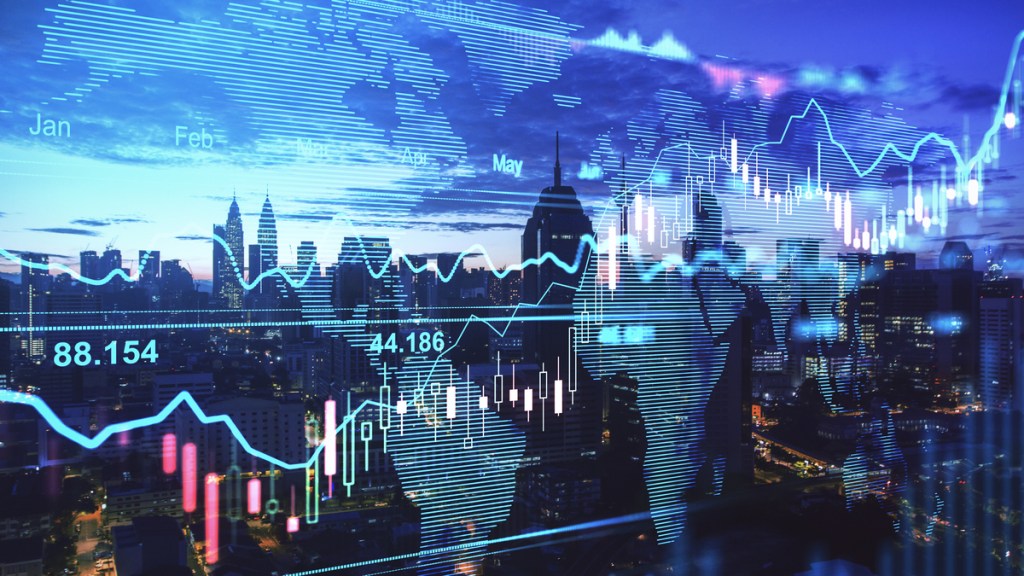Corrections in Indian stock markets aren’t new, as has been witnessed in 2013, 2020, and early 2022. And they’ve always set the stage for long-term wealth creation, according to Nikhil Rungta, co-CIO of equity at LIC Mutual Fund. He tells Ananya Grover that Nifty’s fall of 9% and Nifty SmallCap 100 correction of over 15% are healthy resets. Excerpts:
1. Are the recent announcements by Trump worrying? What are some of the positive developments for the markets you expect to play out for a reversal?
Markets react sharply to headline risks, but structurally, India is in a better place. Exports contribute less than 20% to India’s GDP, and most of our portfolio companies in export-linked sectors have diversified clients and geographies. For instance, in pharma or IT, the US is a big market – but the companies we hold also have either strong domestic demand or pan-EMEA exposure to buffer against such risks. Positives for Indian markets are RBI’s dovish pivot, strong GST collections, and FY25 Nifty EPS estimates continue to hold at around Rs. 1,100, implying 13–14% earnings growth. These are strong backdrops, especially when valuations in several pockets have normalized.
2. How are you navigating the volatility? Are you seeing opportunities?
We’re using this period to build future performance. In our small cap fund, we’ve added companies with earnings visibility of over 18–20% CAGR over the next two years, many of which are now available at 15–17x forward earnings. Capital goods, industrials, and select manufacturing names have corrected 20–25% but continue to deliver on the ground. These are the kinds of dislocations that long-term investors look for. Many quality names in small cap space are down 25–30%. We’re buying into companies trading at below 18x FY26 earnings despite having 20%+ EPS growth visibility. In large caps, we like private banks, cement, and power, where both earnings and valuations are aligned. It’s not a broad-based rally, but a stock-picker’s market.
3. Has the level of cash increased compared to before Trump-related uncertainty? How long are you planning to keep it at that level?
In some portfolios we’ve raised cash levels by 150–200 basis points. In 3-4 of our schemes, for instance, cash moved from around 2.5% to nearly 5% as we prepared for heightened volatility triggered by geopolitical risks and global rate uncertainty. This is not a bearish call – it’s about having dry powder ready for sharp corrections. We’ve already begun deploying part of that in quality names. Some mid-sized engineering and chemicals businesses have corrected over 30% despite maintaining or even upgrading their earnings guidance. That’s where cash gets redeployed. Our objective is to be close to fully invested once volatility subsides and value emerges decisively.
4. How was the response to the multi-asset NFO launched recently? How do you perceive Sebi’s rule for deployment of money raised through NFOs in the current environment?
The fund garnered over Rs. 450 crore, reflecting growing investor preference for dynamic, diversified strategies. We actively manage allocations – currently largely equal-weight on fixed income and gold, while equity is focused on sectors with domestic growth levers like capital goods and financials. We also added silver through ETFs, given its relative underperformance and strong industrial demand outlook. Sebi’s mandate ensures accountability. But when you have a market moving 2–3% daily – like we saw in March and early April—it becomes harder to execute optimally. Our NFO currently stands at over Rs 500 crore, the ability to allocate across equity, debt, gold, and silver helped us stagger the exposure smartly.
5. LIC MF Gold ETF has given over 40% return on an annualised basis. Do you think recent volatility has caused this? What’s your outlook?
Yes, gold has rallied globally. Our LIC MF Gold ETF captured this up move efficiently. The drivers include central bank buying, lower real yields, and safe haven & investment demand. While it is difficult to assign any price target, gold remains an important allocation – especially with global uncertainties still elevated.

